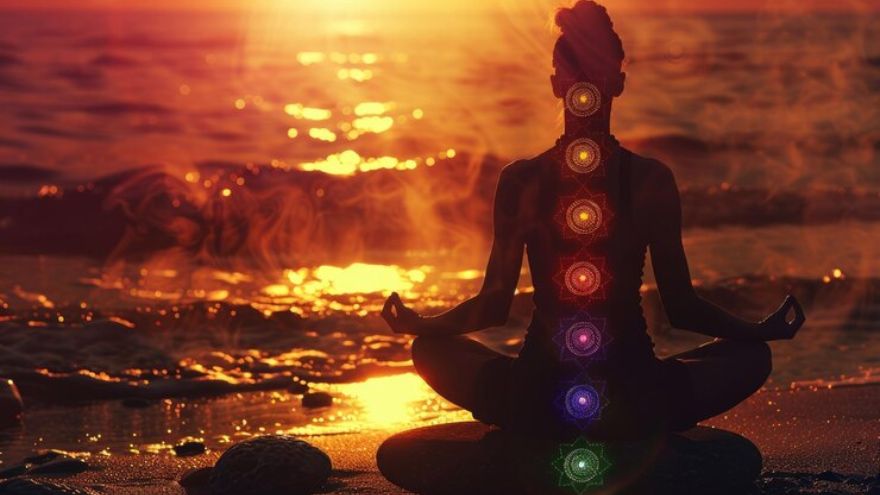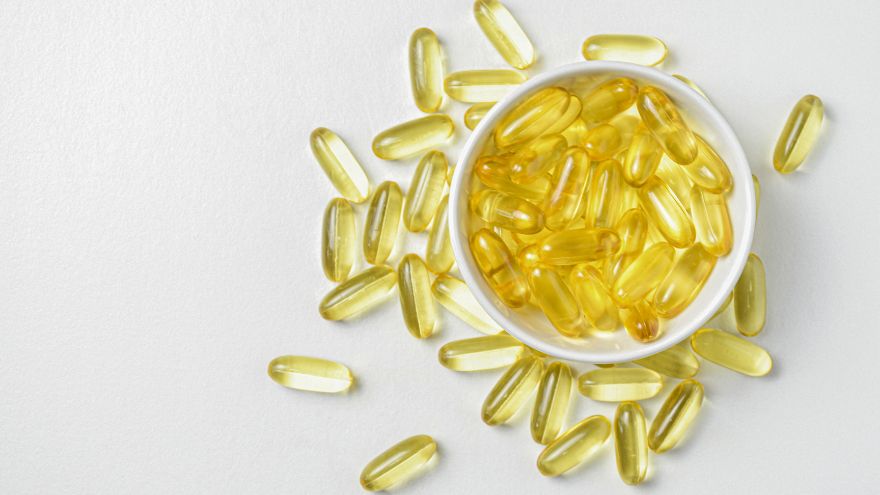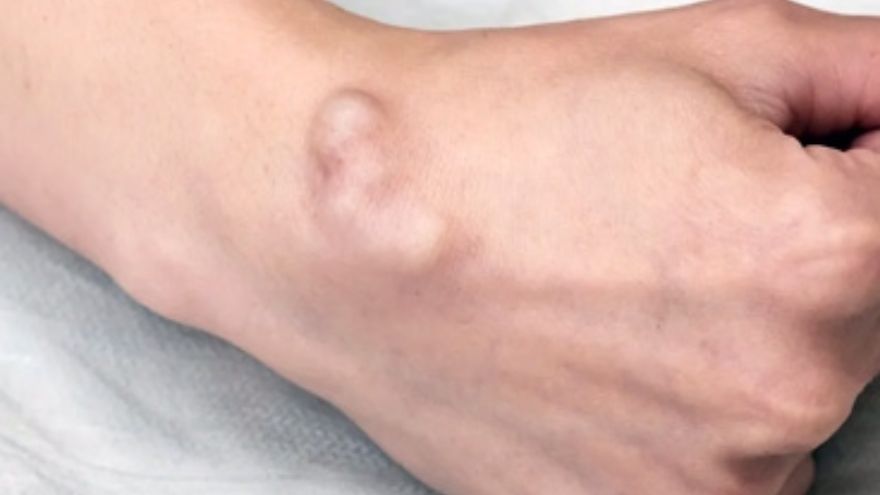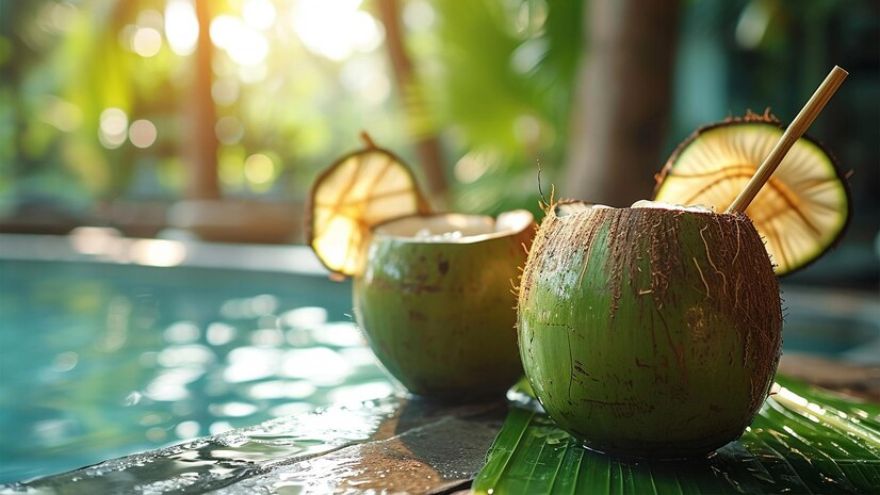
The human body is a complex interplay of physical and metaphysical elements. Among these, the concept of chakras, derived from ancient Indian spiritual traditions, holds significant importance. Chakras are believed to be energy centers within the body, and each one is associated with specific functions, both physical and psychological. One of the most pivotal chakras is the Solar Plexus Chakra. In this blog, we will delve into the intricacies of the Solar Plexus Chakra, its meaning, associated symptoms, and the ways to heal and balance it. We will also address common questions, such as "Is the solar plexus a weak spot?" and "What causes solar plexus pain?"
The Solar Plexus Chakra: Meaning and Location
The Solar Plexus Chakra, also known as Manipura in Sanskrit, is the third chakra in the traditional chakra system. Located in the upper abdomen, around the area of the diaphragm, this chakra is the center of personal power, self-confidence, and willpower. It governs our ability to control our lives, assert our identity, and pursue our desires. The term "solar plexus" itself refers to the complex network of nerves located in this region, which resemble the rays of the sun. This chakra's vibrant yellow color symbolizes its association with the element of fire and its role in radiating energy throughout the body.
Is the Solar Plexus a Weak Spot?
The solar plexus is often referred to as a "weak spot" because it is a sensitive area where multiple nerves converge. This anatomical feature makes it susceptible to injury or discomfort when pressure is applied. In martial arts and self-defense, the solar plexus is a target because a well-placed strike can temporarily incapacitate an opponent by causing a loss of breath and intense pain. This vulnerability, however, does not undermine the significance of the Solar Plexus Chakra as an energetic powerhouse. Rather, it underline the importance of protecting and balancing this vital area to maintain both physical and spiritual well-being.
Solar Plexus Pain: Causes and Symptoms
Pain in the solar plexus region can arise from various causes, both physical and emotional. Physically, issues such as indigestion, ulcers, or muscular strain can manifest as discomfort or pain in this area. On an emotional level, feelings of anxiety, stress, or low self-esteem can also contribute to sensations of tightness or pain. It is essential to address both physical and psychological aspects when experiencing solar plexus pain to ensure holistic healing.
Solar Plexus Chakra Heat Sensation: A Sign of Energy Flow
One of the intriguing sensations associated with the Solar Plexus Chakra is the feeling of heat or warmth in the area. This heat sensation is often interpreted as a sign of energy activation or release. During meditation, energy healing, or chakra balancing practices, individuals may experience warmth as the energy flows through the chakra, helping to clear blockages and restore balance. While this sensation can be comforting, it's crucial to approach it with mindfulness and care, ensuring that any practices are performed safely and with proper guidance.
Solar Plexus Chakra Healing: Techniques and Practices
Healing the Solar Plexus Chakra involves a combination of physical, emotional, and spiritual practices. Here are some effective methods to balance and heal this chakra:
1. Meditation and Visualization: Guided meditations that focus on the Solar Plexus Chakra can help in clearing blockages and restoring energy flow. Visualizing a bright yellow light radiating from the solar plexus area can enhance the sense of personal power and confidence.
2. Affirmations: Positive affirmations are powerful tools for reprogramming negative thought patterns. Some examples of Solar Plexus Chakra affirmations include:
- "I am confident and strong."
- "I trust my intuition and inner wisdom."
- "I am worthy of love and respect."
3. Yoga and Physical Exercise: Specific yoga poses, such as the Boat Pose (Navasana) and Warrior Pose (Virabhadrasana), can stimulate the Solar Plexus Chakra. Physical exercise, in general, can help release pent-up energy and stress, promoting overall well-being.
4. Aromatherapy and Crystals: Essential oils like lemon, ginger, and bergamot, along with crystals such as citrine and tiger's eye, can aid in balancing the Solar Plexus Chakra. These tools can be used during meditation or simply kept in the living space to enhance their energy.
5. Diet and Nutrition: Foods that are yellow in color, such as bananas, corn, and yellow peppers, are believed to support the Solar Plexus Chakra. A balanced diet that includes whole grains, lean proteins, and fresh vegetables can also contribute to overall health.
Physical Symptoms of Solar Plexus Chakra Opening
As the Solar Plexus Chakra begins to open and balance, individuals may experience a range of physical symptoms. These can include a tingling or warming sensation in the upper abdomen, increased digestion, or a sudden burst of energy. Some people may also feel a sense of lightness or relief as emotional burdens are lifted. While these experiences are generally positive, it is essential to approach the process with patience and understanding, as each individual's journey is unique.
Conclusion
The Solar Plexus Chakra is a vital energy center that governs our sense of self, confidence, and personal power. Understanding and nurturing this chakra can lead to profound transformations in one's life, promoting a sense of empowerment and inner strength. Whether through meditation, affirmations, physical exercise, or other healing practices, there are numerous ways to balance and activate this chakra. By paying attention to the physical and emotional signals from the solar plexus, we can better understand ourselves and cultivate a more harmonious existence.
In conclusion, the Solar Plexus Chakra is not just an anatomical feature or a weak spot; it is a crucial aspect of our energetic and spiritual makeup. By embracing and nurturing this powerful energy center, we can unlock our full potential and live more authentically. Whether you are new to the concept of chakras or a seasoned practitioner, exploring the mysteries of the Solar Plexus Chakra can be a rewarding journey of self-discovery and growth.
Related FAQs!
1. What is the Solar Plexus Chakra?
The Solar Plexus Chakra, also known as Manipura, is the third chakra in the traditional chakra system. Located in the upper abdomen around the diaphragm, it is associated with personal power, self-confidence, and willpower.
2. Where is the Solar Plexus located?
The Solar Plexus is located in the upper abdomen, just below the ribcage. It is a network of nerves and is also the area corresponding to the Solar Plexus Chakra.
3. Is the Solar Plexus a weak spot?
Yes, the solar plexus is considered a weak spot in the sense that it is a sensitive area with a high concentration of nerves. A blow to this area can cause significant discomfort or pain.
4. What causes Solar Plexus pain?
Solar Plexus pain can be caused by physical issues such as digestive problems, ulcers, or muscle strain. Emotional stress, anxiety, and issues related to self-esteem can also manifest as pain in this area.
5. What is the significance of heat sensation in the Solar Plexus Chakra?
A heat sensation in the Solar Plexus Chakra area is often interpreted as a sign of energy activation or release. This can occur during practices like meditation, yoga, or energy healing.
6. How can I heal my Solar Plexus Chakra?
Healing the Solar Plexus Chakra can involve various practices, including meditation, positive affirmations, yoga, aromatherapy, and a balanced diet. Crystals and essential oils can also aid in this process.
7. What are some physical symptoms of Solar Plexus Chakra opening?
Physical symptoms of Solar Plexus Chakra opening can include sensations of warmth, tingling, increased energy, and improved digestion. Some may also experience a feeling of emotional release.
8. Can affirmations help balance the Solar Plexus Chakra?
Yes, affirmations are a powerful tool for balancing the Solar Plexus Chakra. Repeating positive statements like "I am confident and strong" can help reinforce a healthy sense of self-worth and personal power.
9. What is the Solar Plexus Clown Glider?
The "Solar Plexus Clown Glider" refers to a prank or challenge involving striking someone in the solar plexus area. While often considered a joke, it highlights the sensitivity of this region.
10. How long does it take to balance the Solar Plexus Chakra?
The time it takes to balance the Solar Plexus Chakra can vary from person to person. It depends on factors such as the severity of the imbalance, consistency in practicing healing techniques, and individual responsiveness.
11. Can diet affect the Solar Plexus Chakra?
Yes, diet can play a role in balancing the Solar Plexus Chakra. Consuming yellow-colored foods like bananas, corn, and yellow peppers, along with a balanced diet, can support this chakra's health.
12. What should I avoid to maintain a balanced Solar Plexus Chakra?
To maintain a balanced Solar Plexus Chakra, it's advisable to avoid negative thought patterns, excessive stress, and unhealthy foods. Practicing mindfulness and maintaining a positive outlook can also help.
13. Are there specific crystals for the Solar Plexus Chakra?
Yes, crystals like citrine, tiger's eye, and amber are commonly associated with the Solar Plexus Chakra. These crystals can be used during meditation or carried throughout the day to help balance the chakra's energy.



